-
 Bitcoin
Bitcoin $118900
-2.66% -
 Ethereum
Ethereum $4299
-0.03% -
 XRP
XRP $3.146
-3.85% -
 Tether USDt
Tether USDt $1.000
0.02% -
 BNB
BNB $808.4
-1.56% -
 Solana
Solana $174.9
-5.25% -
 USDC
USDC $0.9999
0.01% -
 Dogecoin
Dogecoin $0.2238
-6.06% -
 TRON
TRON $0.3478
2.15% -
 Cardano
Cardano $0.7812
-4.99% -
 Chainlink
Chainlink $21.52
-3.27% -
 Hyperliquid
Hyperliquid $43.17
-7.07% -
 Stellar
Stellar $0.4371
-3.82% -
 Sui
Sui $3.672
-6.55% -
 Bitcoin Cash
Bitcoin Cash $593.8
2.88% -
 Hedera
Hedera $0.2468
-7.18% -
 Ethena USDe
Ethena USDe $1.001
0.02% -
 Avalanche
Avalanche $23.02
-6.25% -
 Litecoin
Litecoin $119.5
-3.72% -
 Toncoin
Toncoin $3.423
0.51% -
 UNUS SED LEO
UNUS SED LEO $9.020
-1.06% -
 Shiba Inu
Shiba Inu $0.00001298
-5.49% -
 Uniswap
Uniswap $11.22
0.76% -
 Polkadot
Polkadot $3.897
-5.33% -
 Cronos
Cronos $0.1672
-2.70% -
 Dai
Dai $1.000
0.02% -
 Ethena
Ethena $0.7925
-5.47% -
 Bitget Token
Bitget Token $4.410
-1.92% -
 Monero
Monero $260.1
-4.80% -
 Pepe
Pepe $0.00001127
-7.77%
What is the margin system for Bitcoin perpetual contracts?
Margin requirement varies among exchanges and trade sizes, acting as collateral against potential losses incurred by the trader.
Dec 16, 2024 at 10:19 am
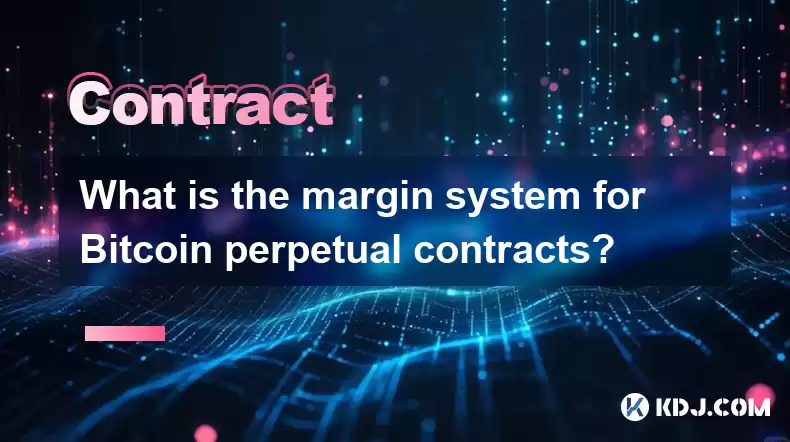
What is the Margin System for Bitcoin Perpetual Contracts?
Perpetual contracts are a type of derivative that allows traders to speculate on the future price of an underlying asset, such as Bitcoin. Unlike futures contracts, which have a fixed expiration date, perpetual contracts can be held indefinitely. This makes them a popular choice for traders who want to maintain exposure to an asset without having to worry about managing expirations.
To trade perpetual contracts, traders must post margin. Margin is a deposit of funds that acts as collateral in case the trader loses money on their trade. The amount of margin required will vary depending on the exchange and the size of the trade.
The Margin System for Bitcoin Perpetual Contracts
The margin system for Bitcoin perpetual contracts is designed to protect the exchange from losses in the event that a trader defaults on their obligation. The system works as follows:
- Traders must post margin to open a position. The amount of margin required will vary depending on the exchange and the size of the trade.
- Margin is held by the exchange as collateral. In the event that the trader loses money on their trade, the exchange will use the margin to cover the loss.
- Traders can close their positions at any time. If the trader closes their position with a profit, they will receive their profit plus their original margin back. If the trader closes their position with a loss, they will forfeit their margin.
The Benefits of Margin Trading
Margin trading can provide a number of benefits to traders, including:
- Increased leverage. Margin trading allows traders to trade with more capital than they have on hand. This can lead to increased profits, but it can also lead to increased losses.
- Flexibility. Margin trading allows traders to maintain exposure to an asset without having to worry about managing expirations. This can be a valuable tool for traders who want to hold an asset for the long term.
- Tax benefits. In some jurisdictions, margin trading can provide tax benefits. For example, in the United States, margin trading losses can be deducted from capital gains.
The Risks of Margin Trading
Margin trading also carries a number of risks, including:
- Increased risk of loss. Margin trading can lead to increased losses, especially if the trader does not manage their risk carefully.
- Margin calls. If the trader's margin falls below a certain level, the exchange may issue a margin call. This requires the trader to deposit additional funds or close their position.
- Forced liquidation. If the trader does not meet a margin call, the exchange may liquidate the trader's position. This can result in the trader losing all of their invested capital.
How to Trade Bitcoin Perpetual Contracts with Margin
To trade Bitcoin perpetual contracts with margin, follow these steps:
- Open an account with a cryptocurrency exchange that offers margin trading.
- Deposit funds into your account.
- Select the Bitcoin perpetual contract that you want to trade.
- Enter the amount of margin that you want to post.
- Open your position.
- Monitor your position and manage your risk carefully.
- Close your position when you are ready to exit the trade.
Margin Trading Example
Let's say that you want to trade a Bitcoin perpetual contract with a margin of 10%. This means that you would need to deposit $1,000 into your account to open a position worth $10,000.
If the price of Bitcoin rises by 10%, you would make a profit of $1,000. However, if the price of Bitcoin falls by 10%, you would lose $1,000.
Conclusion
Margin trading can be a powerful tool for traders, but it is important to understand the risks involved. Before you start margin trading, make sure that you have a sound understanding of the market and that you are comfortable with the risks involved.
Disclaimer:info@kdj.com
The information provided is not trading advice. kdj.com does not assume any responsibility for any investments made based on the information provided in this article. Cryptocurrencies are highly volatile and it is highly recommended that you invest with caution after thorough research!
If you believe that the content used on this website infringes your copyright, please contact us immediately (info@kdj.com) and we will delete it promptly.
- Bitcoin, CPI, and Market Fears: Navigating the Crypto Landscape
- 2025-08-12 15:10:13
- BTC Traders Eye ETH Targets as CPI Looms: A New York Minute
- 2025-08-12 15:10:13
- Ethereum, Cold Wallets, and Presales: What's Hot Now?
- 2025-08-12 15:30:12
- Bitcoin, XRP, and Monetary Alternatives: Navigating the Crypto Landscape in 2025
- 2025-08-12 15:30:12
- XRP Breakout Watch: Institutional Volume Signals Potential Surge
- 2025-08-12 15:35:19
- XRP, Market Cap, and Institutional Adoption: A New Era for Crypto?
- 2025-08-12 15:35:19
Related knowledge
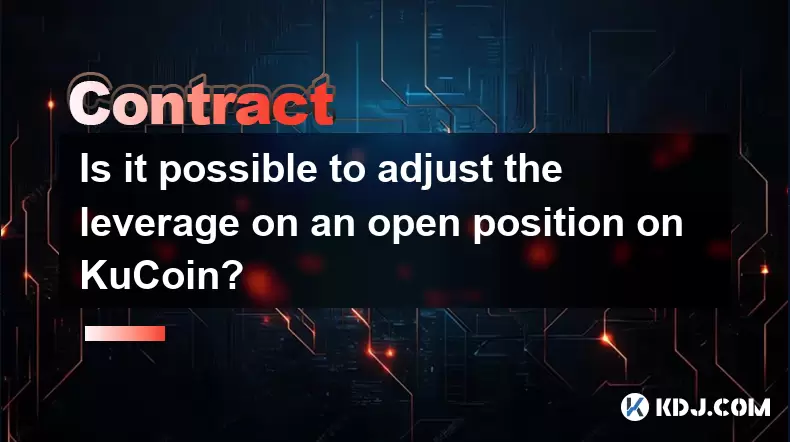
Is it possible to adjust the leverage on an open position on KuCoin?
Aug 09,2025 at 08:21pm
Understanding Leverage in KuCoin Futures TradingLeverage in KuCoin Futures allows traders to amplify their exposure to price movements by borrowing fu...

What cryptocurrencies are supported as collateral on KuCoin Futures?
Aug 11,2025 at 04:21am
Overview of KuCoin Futures and Collateral MechanismKuCoin Futures is a derivatives trading platform that allows users to trade perpetual and delivery ...
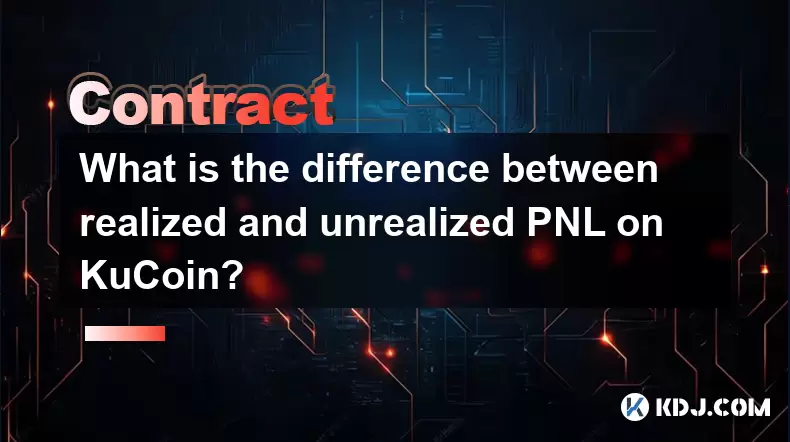
What is the difference between realized and unrealized PNL on KuCoin?
Aug 09,2025 at 01:49am
Understanding Realized and Unrealized PNL on KuCoinWhen trading on KuCoin, especially in futures and perpetual contracts, understanding the distinctio...
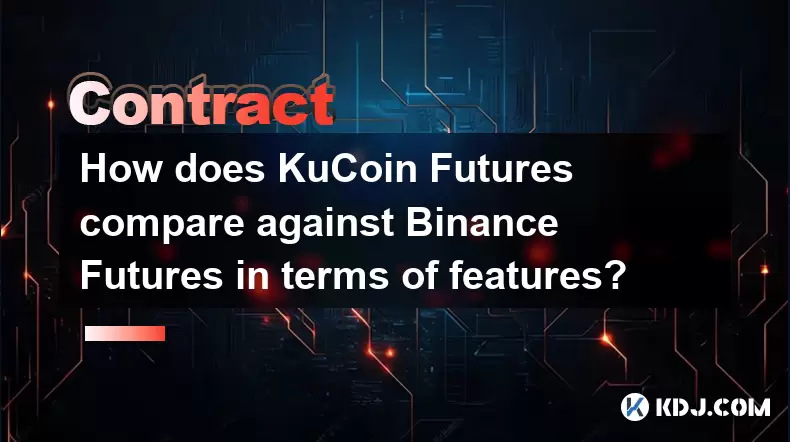
How does KuCoin Futures compare against Binance Futures in terms of features?
Aug 09,2025 at 03:22am
Trading Interface and User ExperienceThe trading interface is a critical component when comparing KuCoin Futures and Binance Futures, as it directly i...
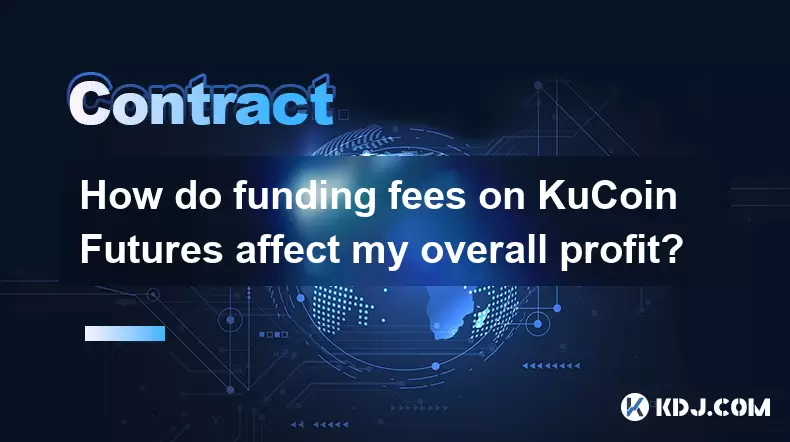
How do funding fees on KuCoin Futures affect my overall profit?
Aug 09,2025 at 08:22am
Understanding Funding Fees on KuCoin FuturesFunding fees on KuCoin Futures are periodic payments exchanged between long and short position holders to ...
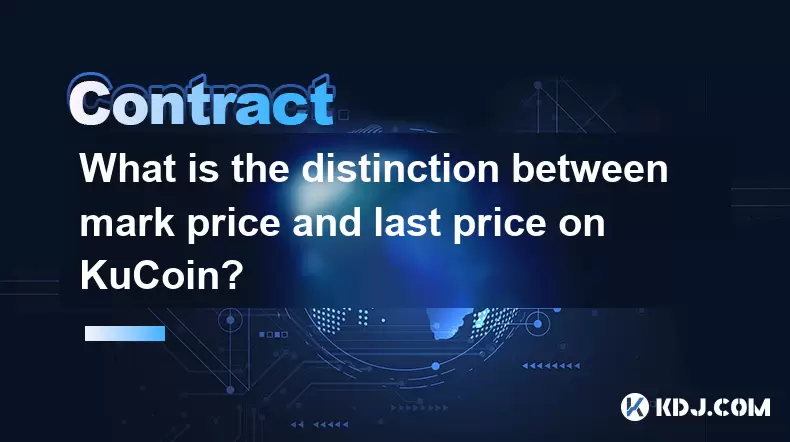
What is the distinction between mark price and last price on KuCoin?
Aug 08,2025 at 01:58pm
Understanding the Basics of Price in Cryptocurrency TradingIn cryptocurrency exchanges like KuCoin, two key price indicators frequently appear on trad...

Is it possible to adjust the leverage on an open position on KuCoin?
Aug 09,2025 at 08:21pm
Understanding Leverage in KuCoin Futures TradingLeverage in KuCoin Futures allows traders to amplify their exposure to price movements by borrowing fu...

What cryptocurrencies are supported as collateral on KuCoin Futures?
Aug 11,2025 at 04:21am
Overview of KuCoin Futures and Collateral MechanismKuCoin Futures is a derivatives trading platform that allows users to trade perpetual and delivery ...

What is the difference between realized and unrealized PNL on KuCoin?
Aug 09,2025 at 01:49am
Understanding Realized and Unrealized PNL on KuCoinWhen trading on KuCoin, especially in futures and perpetual contracts, understanding the distinctio...

How does KuCoin Futures compare against Binance Futures in terms of features?
Aug 09,2025 at 03:22am
Trading Interface and User ExperienceThe trading interface is a critical component when comparing KuCoin Futures and Binance Futures, as it directly i...

How do funding fees on KuCoin Futures affect my overall profit?
Aug 09,2025 at 08:22am
Understanding Funding Fees on KuCoin FuturesFunding fees on KuCoin Futures are periodic payments exchanged between long and short position holders to ...

What is the distinction between mark price and last price on KuCoin?
Aug 08,2025 at 01:58pm
Understanding the Basics of Price in Cryptocurrency TradingIn cryptocurrency exchanges like KuCoin, two key price indicators frequently appear on trad...
See all articles

























































































